My condolences on the passing of a very wonderful man. I remember the first time that I met “Mac” McWhorter was at Gillespie Field where he was on a panel of Pilots discussing tactics during WWII and he stood out as being very articulate but humble. My fondest memory of him was in May of 2004 aboard the USS Midway before it was open to the public. They had a “Handshake across the Oceans” ceremony with a large group of Japanese Zero Pilots who were touring the United States and wanted to meet US pilots from WWII. Mac was selected to be the U.S. representative to do the handshake with one of the Japanese pilots and he did a great job as always. Of course he stood head and shoulders above all of them but he was very gracious about the whole thing. With the help of an interpreter, he met a Zero pilot who happened to be in one of the same air battles with him but we figured they didn’t come across each other in the sky or the Zero pilot wouldn’t have made it through an encounter with Mac.
Mac was awarded five Distinguished Flying Crosses (DFCs) and was a great supporter of the DFC Society and the Lindbergh Chapter. His legacy with the DFC Society will continue as he is in a painting by the renowned artist Ruth Mayer entitled “Distinguished Flying Cross” .
The original of the painting is in the San Diego Air & Space Museum and will eventually be part of an interactive exhibit at the Museum. I will personally miss Mac very much and just feel lucky to have known him even for such a short period of time. I am also glad that I was able to meet so many members of his fantastic family.
Chuck Sweeney,
DFC Society

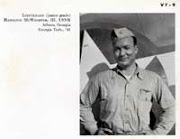

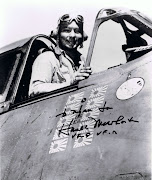





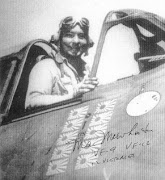


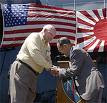
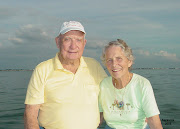

No comments:
Post a Comment